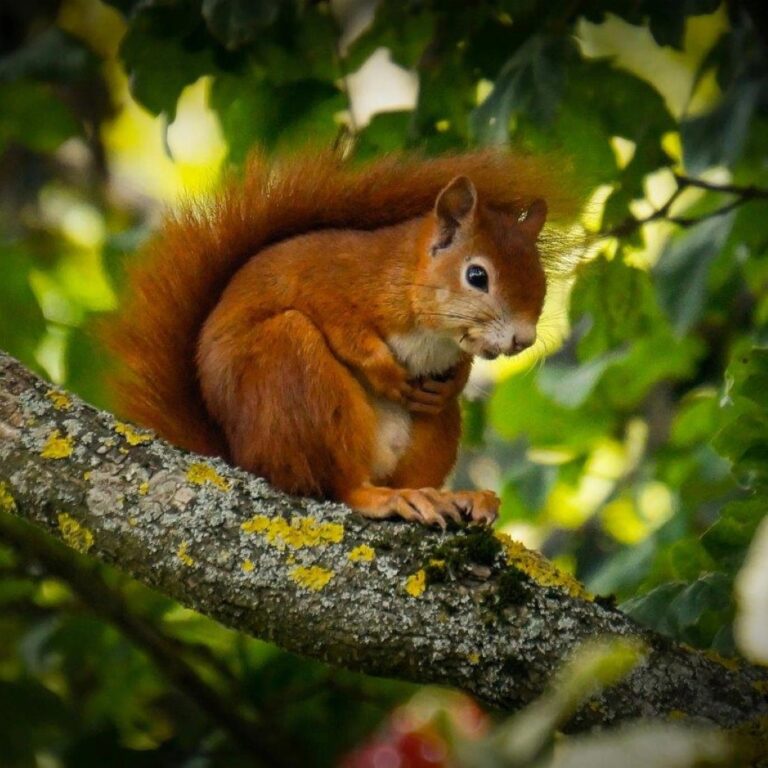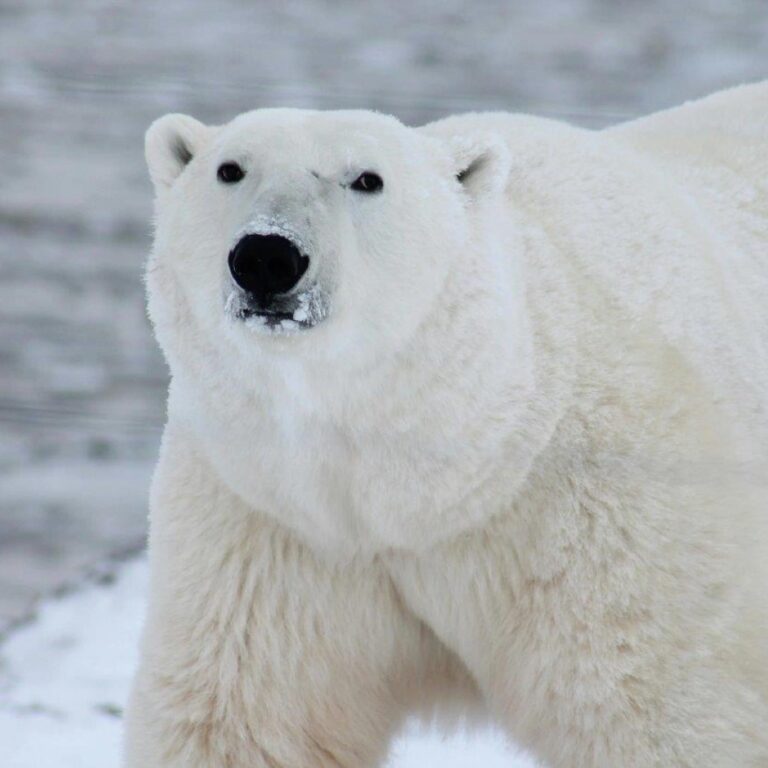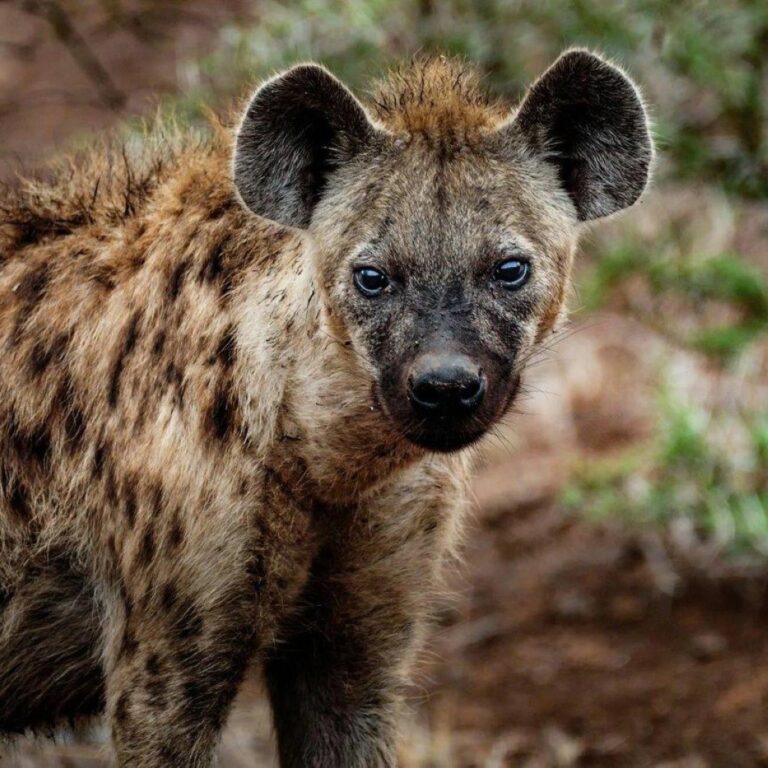1. Fennec foxes are the smallest of all the fox species, with adults weighing only about 2 to 3.5 pounds and measuring around 9 to 16 inches in length, excluding their tail.
2. Fennec foxes are native to the Sahara Desert and other arid regions of North Africa. They are highly adapted to life in the desert, where temperatures can be extreme.
3. The most distinctive feature of the fennec fox is its large ears, which can be up to 6 inches long. These ears help dissipate heat and also provide excellent hearing, allowing the fox to detect prey underground.
4. Fennec foxes are nocturnal, meaning they are most active at night. This behavior helps them avoid the extreme heat of the desert during the day and conserve water.
5. The fur of a fennec fox is thick and soft, providing insulation against both the cold desert nights and the hot days. Their fur is also sand-colored, helping them blend into their environment.
6. Fennec foxes are omnivores and have a varied diet that includes insects, small mammals, birds, eggs, and plants. They are also known to eat fruits and roots, which provide them with moisture in the dry desert environment.
7. Fennec foxes can go long periods without water, obtaining most of their hydration from the food they eat. This is an important adaptation for survival in their arid habitat.
8. The fennec fox's large ears are not just for hearing; they also help regulate body temperature by dissipating heat, which is crucial for staying cool in the desert.
9. Fennec foxes are social animals and live in small family groups, usually consisting of a mated pair and their offspring. They communicate with each other using a variety of vocalizations, including barks, whimpers, and growls.
10. Fennec foxes dig extensive burrow systems in the sand, which provide shelter from the heat and protection from predators. These burrows can be up to 32 feet long and have multiple entrances.
11. The thick fur on a fennec fox's feet acts as a natural barrier against the hot sand, allowing them to move comfortably across the desert terrain.
12. Fennec foxes are capable of incredible leaps, using their strong hind legs to jump up to 3 feet in the air. This agility helps them catch prey and evade predators.
13. The fennec fox is the national animal of Algeria and is featured in various aspects of the country's culture, symbolizing agility and resourcefulness.
14. Despite their small size, fennec foxes have a lifespan of about 10 to 14 years in the wild, and even longer in captivity, where they can live up to 16 years or more.
15. Fennec foxes are popular in the exotic pet trade due to their small size and adorable appearance. However, they have specific care needs, and it's important to ensure they are obtained and cared for responsibly.



